
How do you choose a robot vacuum for allergies?
Choose robot vacuum for allergies

Get started and reduce the dust in your home with a robot vacuum. Ask yourself the following:
- What kind of filter does a robot vacuum have?
- Does the robot have a mop function?
- Can you set up a cleaning route or navigation method?
- Does the robot vacuum fit underneath furniture?
- What can't the robot vacuum reach?
What kind of filter does the robot vacuum have?
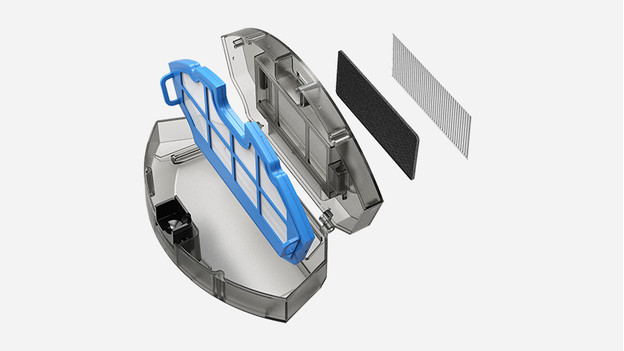
The dust a robot vacuums sucks in, ends up in the dust cup. The robot blows out the air that comes with it via the back. A good exhaust filter prevents that the vacuum blows dust particles or allergens back into the room. Do you have allergies? Choose a HEPA-13, HEPA-14, or HEPA-15 filter. This way, you block 99.99% of the dust particles.
Does the robot have a mop function?
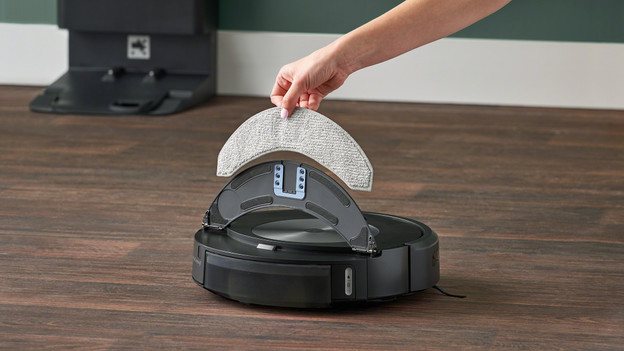
Robot vacuums collect a lot of dust from the ground, but it sometimes leaves fine dust. This causes sneezing fits. You can go over the floor with a dust cloth or mop. Don't you want to do that yourself? Choose a robot vacuum with a mop function. We sell many different types. Some only drag a microfiber cloth across the floor and remove fine dust that way. Other robot vacuums have a wet mopping function. This way, it collects fine dust and it cleans your floor with soap.
Can you set up a cleaning route or navigation?
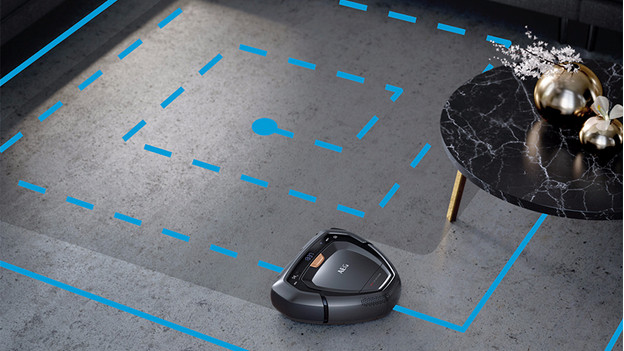
Robot vacuums can find their way around the house in different ways. For a dust allergy, it's important it doesn't skip a spot. This way, you prevent dust from building up. Choose a robot vacuum with a systematic cleaning route or navigation method. The robot uses lasers or ceiling recognition. Is makes a map of you home that way. The robot remembers which parts are clean and which ones it still has to do. Robots with a random cleaning route don't do that. This way, they leave dust more easily.
Does the robot vacuum fit underneath your furniture?
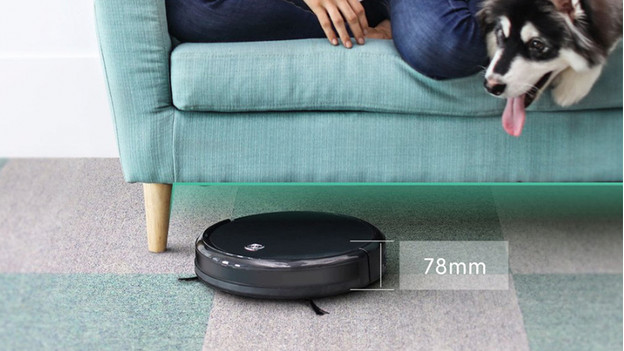
Dust often collects in places you can't easily reach. Underneath the TV cabinet or the bed, for example. That's not good for your dust allergy. That's why the height of your robot vacuum is important. This height differs per model. Some robots are 6cm high, and others up to 14cm. Measure the space under your furniture and choose the robot vacuum that fits underneath it.
What can't the robot vacuum reach?
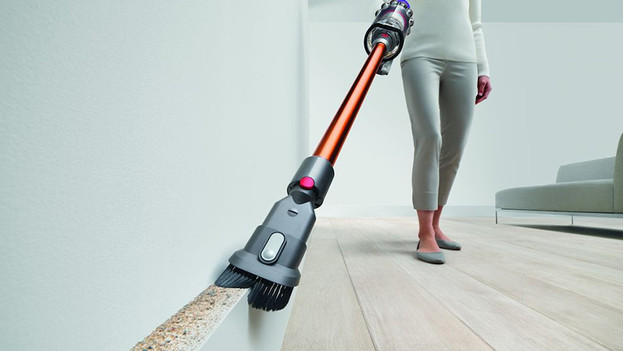
Unfortunately, a robot vacuum can't climb upwards to dust off your book cupboard or lamp shades. If you're sensitive or allergic to dust, vacuuming the floor isn't enough. To remove dust from all your furniture, you need a regular vacuum in addition to the robot vacuum. Want more advice on regular vacuums for allergies? Read the advice article.


